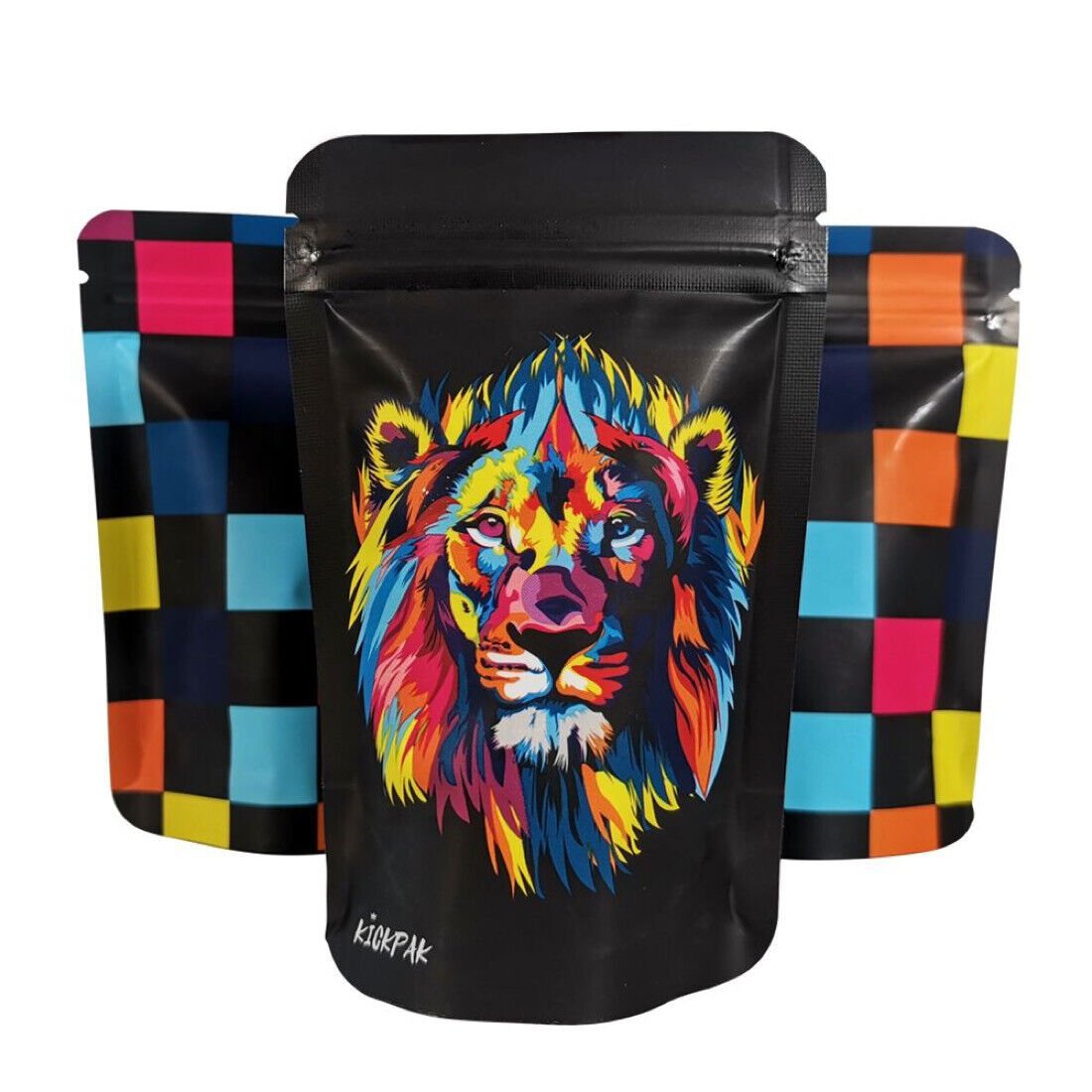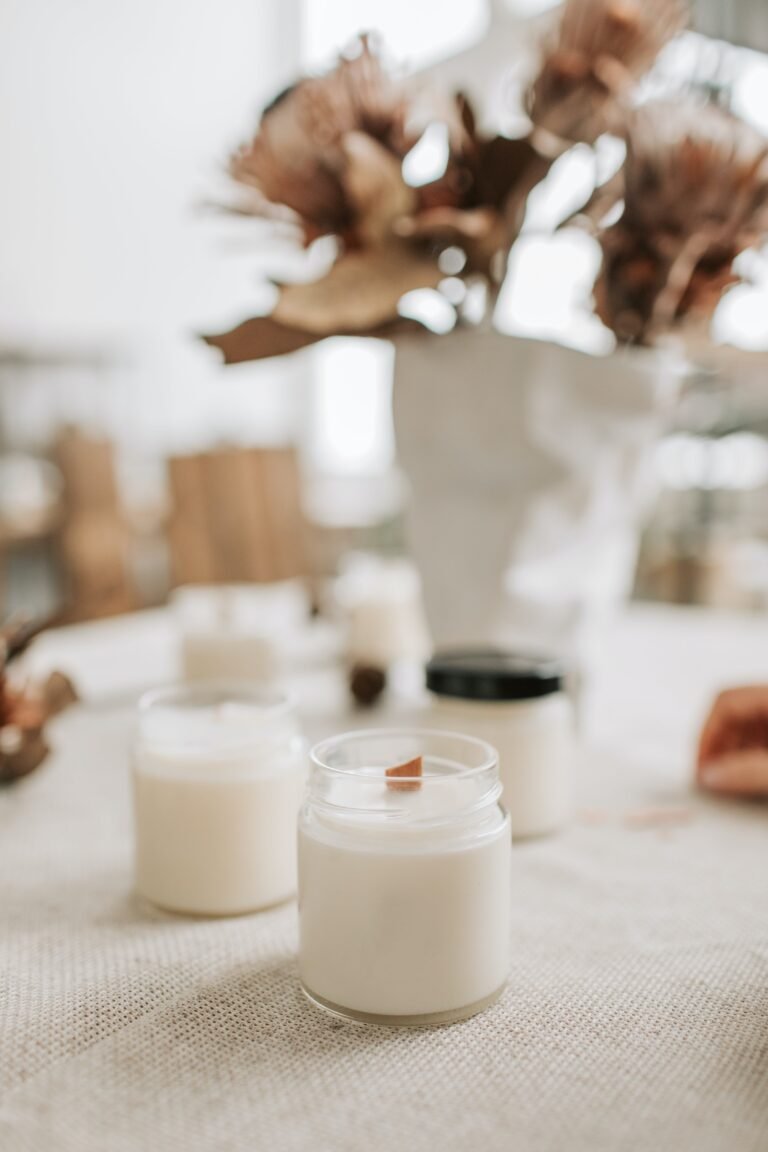Mylar Bags: Complete Solution for Long-Term Food Storage
In today’s world, where sustainability and preparedness are becoming increasingly important, Mylar bags have emerged as a versatile solution for long-term food storage. These specialized bags, made from a polyester film known as BoPET (biaxially-oriented polyethylene terephthalate), offer a range of benefits that make them a popular choice among preppers, outdoor enthusiasts, and even manufacturers. Let’s delve into what Mylar bags are and why they are essential for anyone looking to preserve food for the long haul.
What are Mylar Bags?
Mylar bags are a type of flexible packaging made from polyester resin. They are known for their high tensile strength, moisture resistance, and excellent barrier properties. Originally developed by DuPont in the 1950s, Mylar has since become a generic term used to refer to any BoPET film.
Importance of Mylar Bags in Food Storage
The primary purpose of Mylar bags is to provide a protective barrier against oxygen, moisture, light, and other external factors that can cause food to spoil. By creating an airtight seal, these bags help extend the shelf life of food items, making them ideal for long-term storage.
Advantages of Mylar Bags
Long-Term Food Preservation
Unlike traditional food storage methods like plastic containers or vacuum-sealed bags, Mylar bags offer superior protection against spoilage, allowing food to remain fresh for extended periods.
Protection Against Oxygen and Moisture
Oxygen and moisture are the primary culprits behind food degradation. Mylar bags prevent oxygen and moisture from reaching the stored food, thereby preserving its quality and nutritional value.
Durability and Reusability
Mylar bags are incredibly durable and can withstand punctures, tears, and temperature fluctuations. Moreover, they are reusable, making them a sustainable choice for environmentally conscious consumers.
Types of Mylar Bags
Mylar bags come in various thicknesses and sizes to accommodate different storage needs. Additionally, they are available in both ziplock and heat-seal options, providing users with flexibility and convenience.
Thickness and Size Variations
From lightweight bags suitable for individual portions to heavy-duty bags designed for bulk storage, Mylar bags come in a range of thicknesses and sizes to suit diverse requirements.
Ziplock vs. Heat-Seal Options
While ziplock Mylar bags offer easy access to stored items and can be resealed multiple times, heat-seal Mylar bags provide a more secure seal, ensuring maximum protection against external elements.
Common Uses of Mylar Bags
Mylar bags are versatile and find applications beyond food storage. They are commonly used in emergency preparedness, camping, hiking, and packaging of sensitive items like electronics and pharmaceuticals.
Emergency Food Storage
In times of crisis or natural disasters, having a supply of emergency food can be a lifesaver. Mylar bags, coupled with oxygen absorbers, allow individuals to stockpile essential food items for extended periods without compromising quality.
Camping and Hiking
For outdoor enthusiasts, Mylar bags offer a lightweight and compact solution for packing food items during camping trips or hiking expeditions. Their durability and resistance to moisture make them ideal for rough outdoor conditions.
Packaging of Electronics and Pharmaceuticals
Mylar bags are also used in the packaging of electronic components and pharmaceutical products to protect them from moisture, static electricity, and other environmental hazards.
How to Use Mylar Bags Effectively
To ensure optimal performance and shelf life, it’s essential to use Mylar bags correctly. Proper sealing techniques, along with the use of oxygen absorbers and desiccants, can enhance the effectiveness of these bags.
Proper Sealing Techniques
When sealing Mylar bags, ensure that all air is removed before sealing to create an airtight barrier. Use a heat sealer or iron to seal the bags securely, paying attention to the corners and edges.
Oxygen Absorbers and Desiccants
To further extend the shelf life of stored food items, consider using oxygen absorbers and desiccants inside Mylar bags. These packets help remove excess oxygen and moisture, preventing mold growth and spoilage.
Storing Mylar Bags in Ideal Conditions
Store Mylar bags in a cool, dry place away from direct sunlight and extreme temperatures. Avoid exposing them to sharp objects or rough surfaces that could puncture or damage the bags.
If you want to know more information about bulk mylar bags visit TopUSAPackaging
Tips for Choosing the Right Mylar Bags
With numerous options available in the market, selecting the right Mylar bags can be overwhelming. Consider factors such as the type of food being stored, thickness and barrier properties of the bags, and budget constraints.
Consideration of Food Types
Certain foods, such as grains and legumes, may require thicker Mylar bags with higher barrier properties to prevent insect infestation and moisture absorption.
Evaluating Thickness and Barrier Properties
Thicker Mylar bags offer better protection against punctures and tears, while bags with higher barrier properties provide enhanced protection against oxygen and moisture.
Budget and Quantity Requirements
Consider your budget and the quantity of food you intend to store when purchasing Mylar bags. Buying in bulk may offer cost savings in the long run, but be mindful of storage space limitations.
Mylar Bag Maintenance and Care
Proper maintenance and care are essential for prolonging the lifespan of Mylar bags and ensuring their effectiveness over time. Regular cleaning, inspection for damages, and proper storage are key to maximizing their utility.
Cleaning and Reusing Mylar Bags
After each use, clean Mylar bags with mild soap and water to remove any food residue or contaminants. Allow them to air dry thoroughly before reuse to prevent mold or bacterial growth.
Checking for Damages and Leaks
Inspect Mylar bags for signs of damages such as tears, punctures, or leaks before each use. Discard any bags that show signs of wear and tear to prevent spoilage of stored food items.
Proper Storage When Not in Use
When not in use, store Mylar bags in a sealed container or resealable bag to protect them from dust, moisture, and pests. Avoid folding or creasing the bags, as this can weaken their integrity.
Conclusion
In conclusion, Mylar bags are a valuable tool for anyone looking to preserve food for the long term. Their ability to create an airtight barrier against oxygen and moisture, coupled with their durability and versatility, make them an indispensable asset in emergency preparedness, outdoor adventures, and everyday life.
Read also: How Custom Printed Cereal Boxes Are Revolutionizing Breakfast
FAQs (Frequently Asked Questions)
- Are Mylar bags safe for storing food?
- Yes, Mylar bags are food-safe and widely used for storing a variety of food items.
- How long can food last in Mylar bags?
- When properly sealed and stored in optimal conditions, food can last for several years in Mylar bags.
- Can Mylar bags be reused?
- Yes, Mylar bags can be cleaned and reused multiple times, making them a sustainable option for food storage.
- Do Mylar bags require oxygen absorbers?
- While not mandatory, using oxygen absorbers can help prolong the shelf life of stored food items by removing excess oxygen from the bags.
- Can Mylar bags be used for sous vide cooking?
- No, Mylar bags are not suitable for sous vide cooking as they are not designed to withstand high temperatures.







